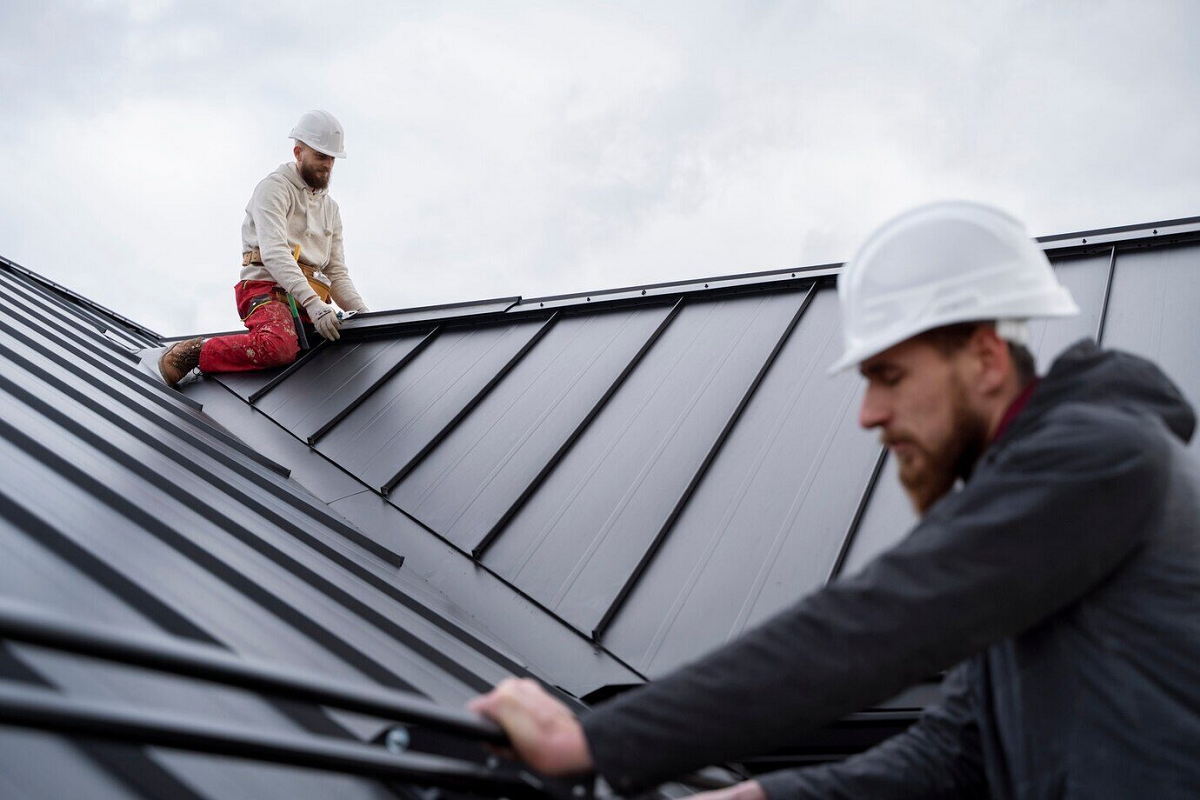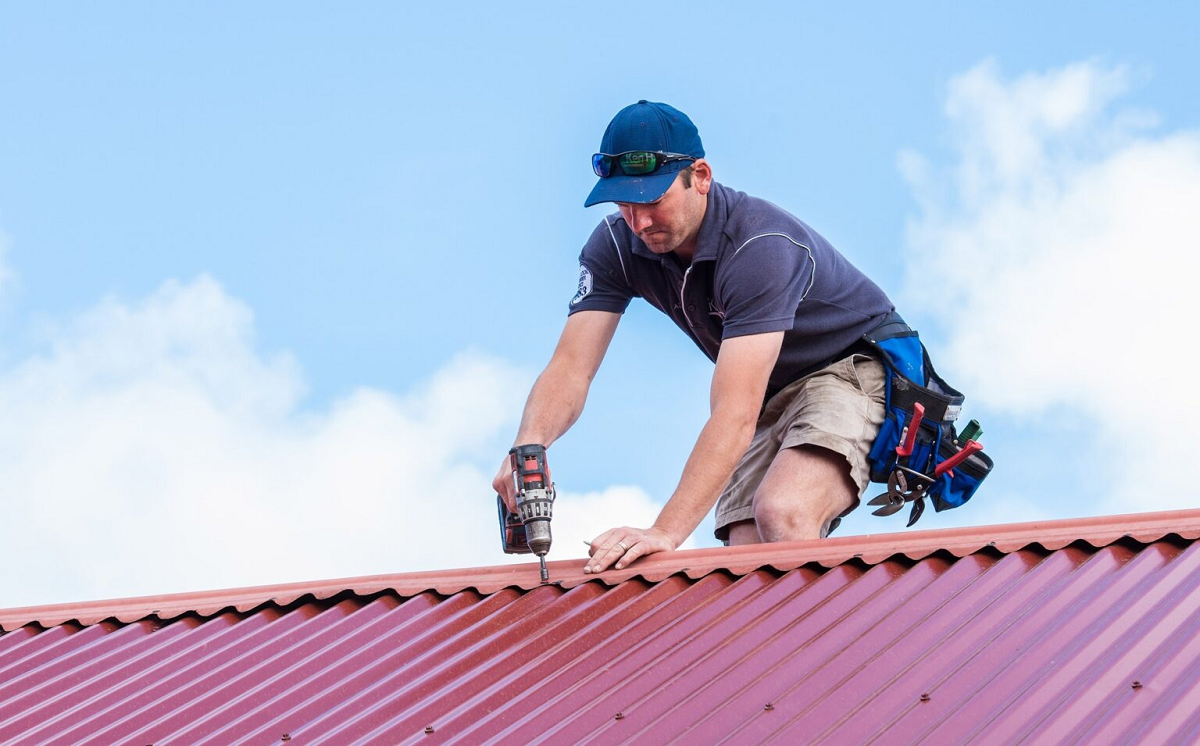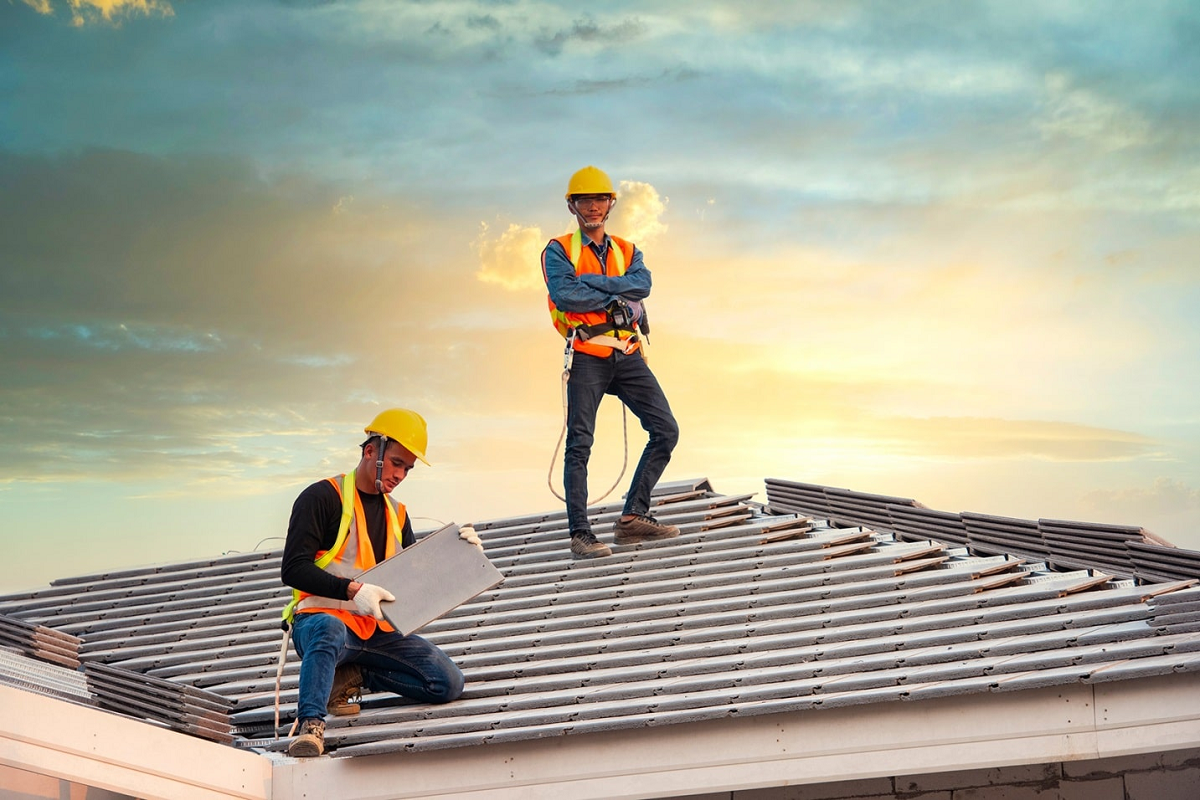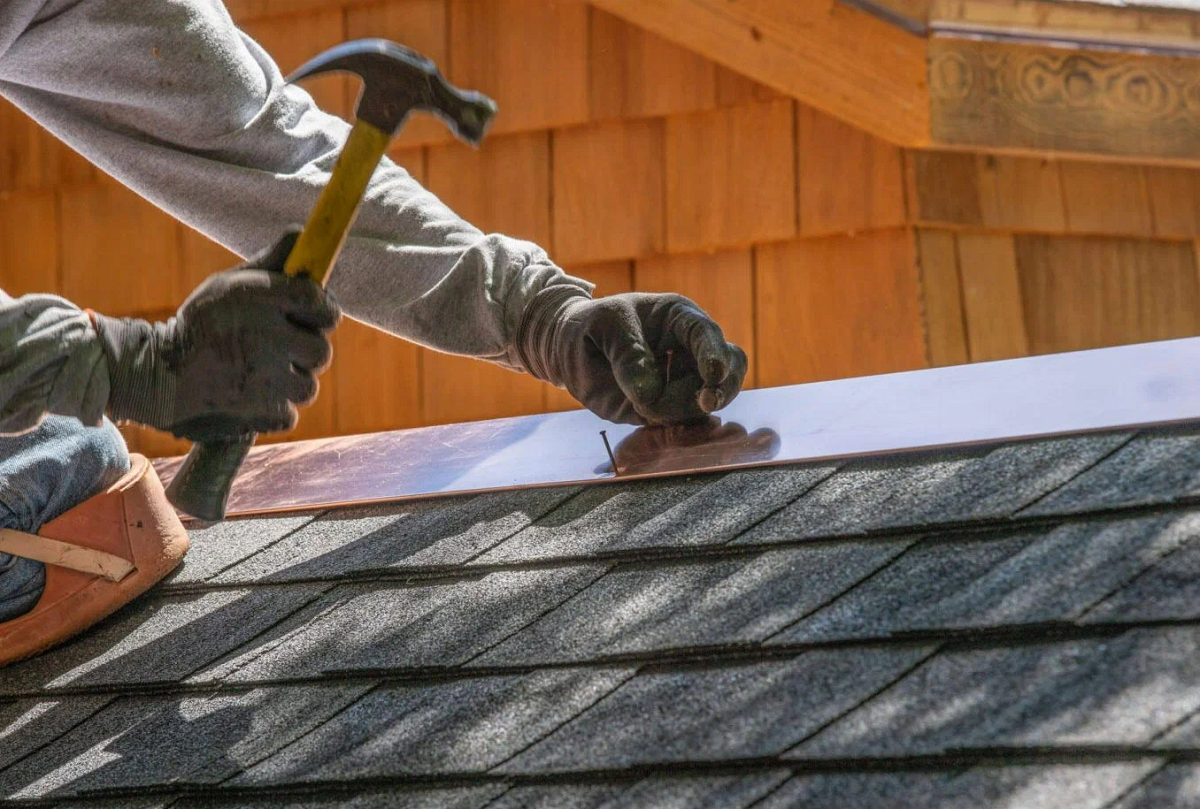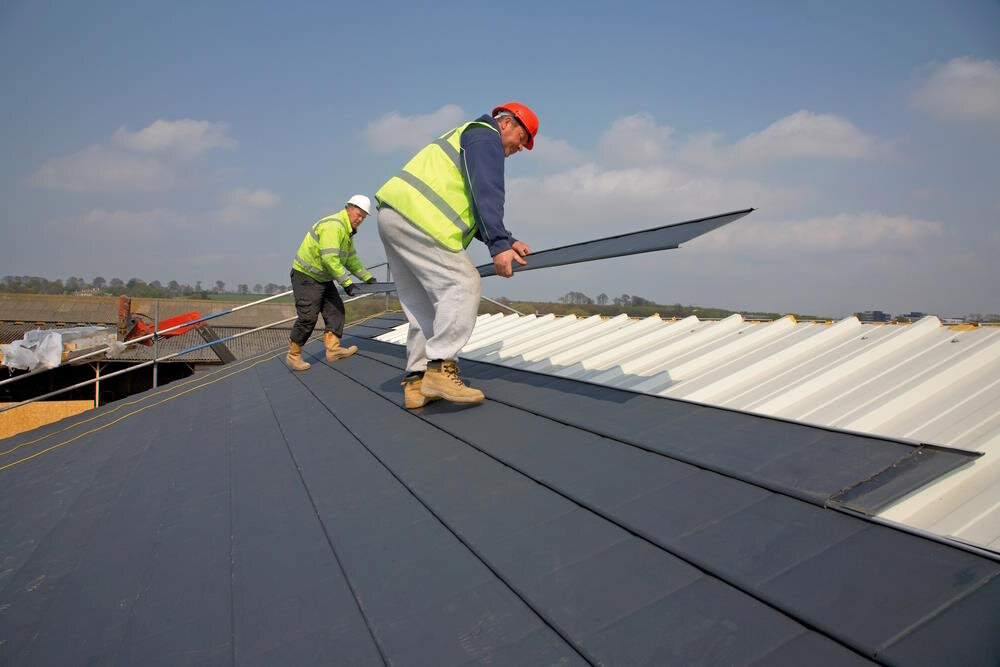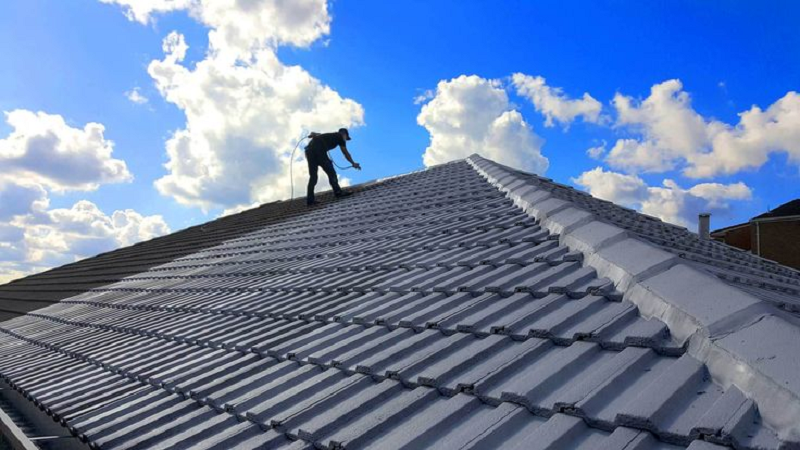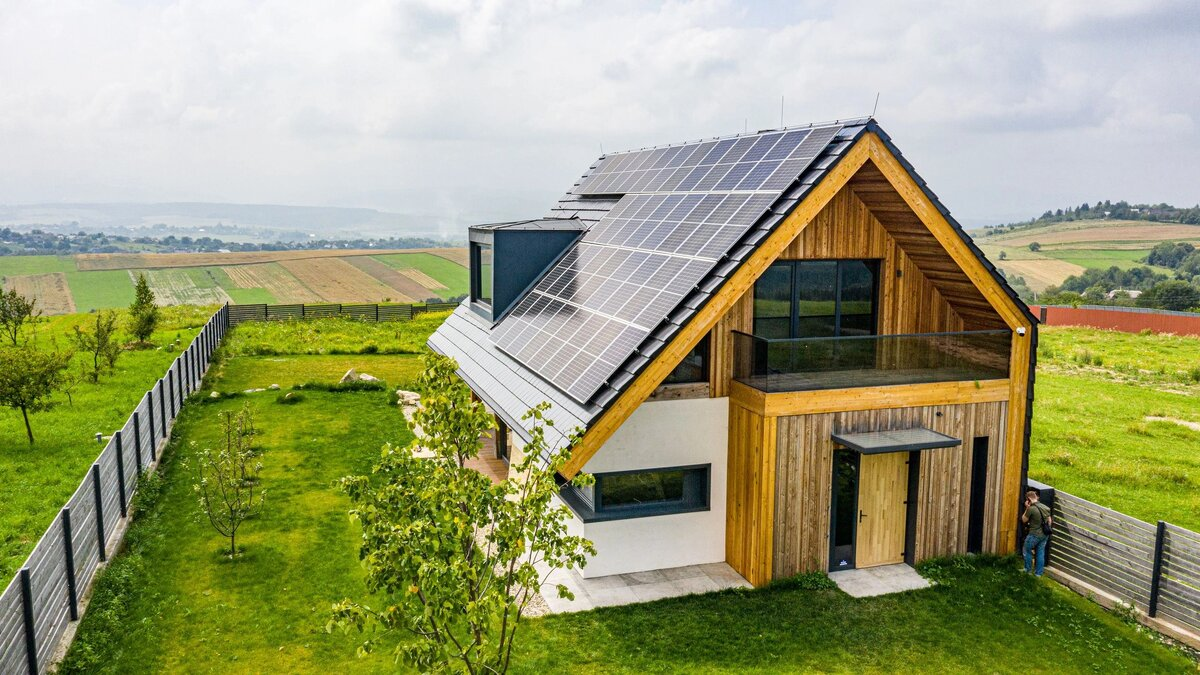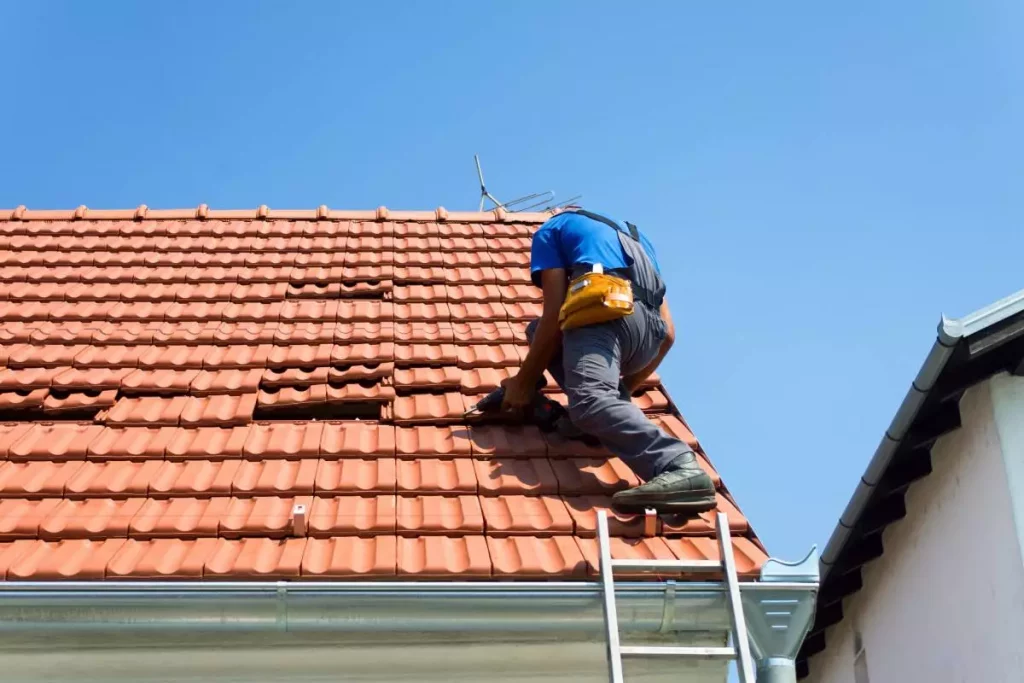CA. LIC#: 1075996
Innovative Roofing Materials: What's Next?
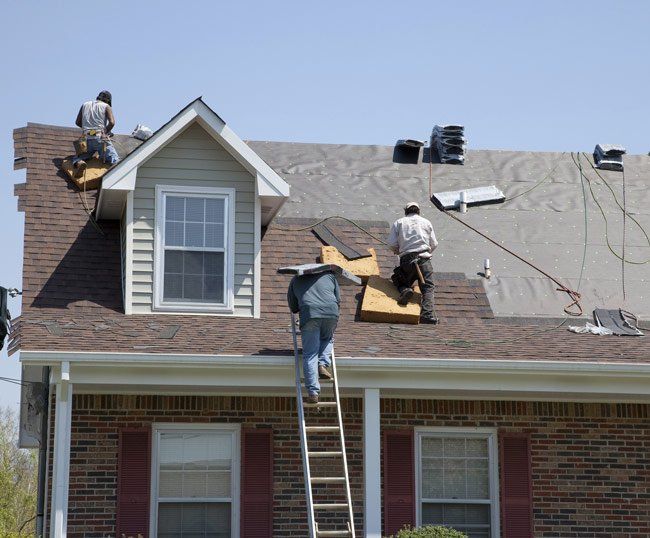
In the ever-evolving landscape of construction and architecture, the quest for innovative roofing materials remains at the forefront of technological advancement. From traditional shingles to eco-friendly alternatives, the world of roofing materials is ripe with possibilities. Engineers and designers are continually exploring new frontiers, seeking materials that not only enhance structural integrity but also promote sustainability and energy efficiency. As urban spaces expand and climate concerns intensify, the demand for resilient, cost-effective roofing solutions grows exponentially.
Innovative roofing materials have the potential to revolutionize building practices, offering solutions that mitigate environmental impact while meeting the stringent demands of modern design aesthetics. From photovoltaic cells integrated into roofing tiles to lightweight composites derived from recycled materials, the spectrum of possibilities is vast.
Each advancement brings us closer to a future where roofs do more than shield us from the elements—they become active contributors to energy conservation and environmental stewardship. As we delve deeper into the realm of roofing materials, anticipation mounts for the next breakthrough that will reshape the skyline and redefine what roofs can achieve.
Integration of Solar Technology
The integration of solar technology into roofing materials represents a pivotal shift towards sustainable energy solutions. Advancements in photovoltaic cells now allow them to be seamlessly embedded within roofing tiles or shingles, turning roofs into active generators of electricity. This innovation not only enhances the energy efficiency of buildings but also reduces reliance on traditional power sources.
Solar-integrated roofs are becoming more aesthetically pleasing and cost-effective, driving their adoption in residential and commercial construction alike. As technology continues to improve, the efficiency and affordability of solar roofing are expected to increase, making it a cornerstone of future sustainable building practices.
Advancements in Sustainable Materials
Advancements in sustainable materials for roofing represent a crucial step towards reducing environmental impact while enhancing building durability and efficiency.
- Recycled rubber tiles: Repurpose post-consumer waste into durable roofing solutions.
- Bio-based composites: Utilize renewable resources like bamboo and hemp for eco-friendly roofing.
- Low embodied energy: Materials with reduced carbon footprint compared to conventional options.
- Enhanced durability: Withstand weather conditions while maintaining structural integrity.
- Green building certifications: Meet standards for sustainable construction practices.
Explore the future of sustainable roofing materials and contribute to a greener environment with these innovative solutions.
Enhanced Durability and Weather Resistance
The demand for roofing materials that can withstand extreme weather conditions continues to drive innovations in durability and resilience. Engineers are focusing on developing materials that are highly resistant to hail, wind, fire, and even seismic activity. Advanced composite materials and coatings with enhanced weatherproofing properties are being engineered to extend the lifespan of roofs while reducing maintenance costs.
Additionally, the integration of nanotechnology allows for the creation of self-healing roof materials that can automatically repair minor damages over time, further enhancing durability. As climate change intensifies, the need for roofs capable of withstanding increasingly severe weather events underscores the importance of ongoing research and development in this field.
Smart Roofing Solutions: IoT Integration
The rise of the Internet of Things (IoT) has ushered in a new era of smart roofing solutions that offer enhanced functionality and efficiency. IoT sensors embedded within roofing systems can monitor environmental conditions such as temperature, humidity, and UV exposure in real-time. This data enables proactive maintenance and adjustments, optimizing energy usage and extending the lifespan of the roof.
Smart roofs can also integrate with building management systems to provide insights into overall energy performance, contributing to sustainable building practices. As IoT technology advances, the potential for smart roofing solutions to revolutionize building management and energy conservation continues to grow, positioning them as a key innovation in the future of construction.
Lightweight and Flexible Roofing Systems
Lightweight and flexible roofing systems are gaining traction as they offer advantages in installation ease and structural adaptability. Materials like polymer blends and advanced composites are engineered to be lighter than traditional roofing materials, reducing the load on buildings and facilitating faster installation times.
Flexible roofing systems can conform to complex architectural designs, allowing for creative and unique roof shapes that enhance building aesthetics. Moreover, their flexibility provides better resistance to thermal expansion and contraction, improving overall durability. As urbanization increases and construction techniques evolve, the demand for lightweight and flexible roofing solutions is expected to rise, driving further innovation in material science and construction technology.
Cool Roofing Technologies for Energy Efficiency
Cool roofing technologies are designed to reflect more sunlight and absorb less heat compared to traditional roofing materials, thereby reducing the heat island effect in urban areas and lowering cooling costs for buildings. These technologies typically feature high solar reflectance and thermal emittance properties, keeping roofs cooler and reducing the need for air conditioning.
Advances in cool roofing include innovative coatings, reflective tiles, and materials with inherent thermal properties that contribute to energy efficiency and indoor comfort. As sustainable building practices gain prominence, cool roofing technologies are increasingly being mandated by building codes and green building certifications, driving their adoption across diverse climates and building types.
Bio-based and Recycled Roofing Materials
Bio-based and recycled roofing materials are pioneering sustainable alternatives in the construction industry, offering both environmental benefits and high-performance qualities. These materials are derived from renewable sources or recycled materials, reducing reliance on finite resources and minimizing environmental impact throughout their lifecycle.
- Environmental Sustainability: Reduces reliance on finite resources and minimizes landfill waste.
- Energy Efficiency: Often have lower embodied energy and contribute to improved building energy performance.
- Durability: Some materials offer excellent durability and weather resistance comparable to traditional roofing materials.
- Cost-effectiveness: Can be cost-competitive with conventional roofing options, especially over the long term.
- Aesthetic Variety: Offers a range of textures and colors to enhance building aesthetics.
Embracing bio-based and recycled roofing materials is a proactive step towards sustainable construction practices, promoting both environmental stewardship and building resilience.
Nanotechnology in Roof Coatings
The application of nanotechnology in roof coatings represents a significant advancement in enhancing the performance and longevity of roofing materials. Nanoparticles embedded in coatings can impart properties such as UV resistance, water repellency, and antimicrobial protection, extending the lifespan of roofs and reducing maintenance requirements. Nanocoatings also enhance the aesthetic appeal of roofs by providing clear, durable finishes that maintain color vibrancy over time.
Furthermore, their self-cleaning capabilities enable roofs to shed dirt and debris more effectively, contributing to improved energy efficiency. As research continues to refine nanomaterials and their applications in construction, nanotechnology in roof coatings holds promise for creating more resilient, sustainable, and aesthetically pleasing building envelopes.
Modular Roofing Systems for Easy Installation
Modular roofing systems are revolutionizing the construction industry by offering prefabricated components that streamline installation processes and reduce labor costs. These systems consist of factory-built modules or panels that can be quickly assembled on-site, minimizing disruption to ongoing operations and shortening project timelines.
Modular roofs are designed for precision fit and structural integrity, ensuring consistent quality and performance. Additionally, they allow for easier integration of insulation, ventilation, and solar components, enhancing overall building efficiency.
As demand grows for rapid and efficient construction methods, modular roofing systems are becoming increasingly popular across residential, commercial, and industrial sectors, driving innovation in modular design and manufacturing technologies.
Aesthetic Innovations in Roof Design
Innovations in roof design are redefining architectural landscapes with a focus on both aesthetics and functionality. Architects and designers are pioneering new materials, shapes, and textures to create roofs that not only enhance the visual appeal of buildings but also integrate seamlessly with environmental considerations and cultural contexts.
- Integration of Green Roofs: Combining vegetation with building design to enhance biodiversity and energy efficiency.
- Sculptural Roof Forms: Creating visually striking profiles that contribute to the architectural identity of buildings.
- Adaptive Roof Materials: Utilizing materials that change appearance based on environmental conditions for dynamic aesthetics.
- Natural Light Optimization: Designing roofs to maximize natural light penetration, reducing reliance on artificial lighting.
- Rainwater Harvesting Systems: Incorporating roof designs that facilitate collection and use of rainwater for sustainable water management.
These innovations not only elevate the aesthetic appeal of buildings but also contribute to sustainable practices by integrating environmental benefits into their design.
The future of roofing is poised for remarkable advancements driven by innovation across various fronts. From integrating solar technology to enhancing durability and exploring sustainable materials, each area represents a significant leap towards more resilient, energy-efficient, and environmentally friendly roofing solutions.
As we embrace technologies like IoT for smart roofing and nanotechnology for improved coatings, buildings are becoming more intelligent and sustainable than ever before. The shift towards lightweight, flexible materials not only simplifies installation but also opens doors to creative architectural possibilities. Moreover, the adoption of bio-based and recycled materials underscores a commitment to reducing our environmental footprint while maintaining high performance standards.
To explore these cutting-edge roofing solutions further and transform your building's roof into a sustainable asset,
contact Avalon Roofing Services at (209) 380-1275. Our team is ready to discuss how these innovations can benefit your project, ensuring a future-ready roofing solution that combines efficiency, durability, and aesthetic appeal. Join us in shaping the future of construction with roofs that not only protect but also contribute positively to our environment and communities.
We are a licensed roofing contractor in Manteca, CA specializing in residential and commercial roofing services. We service Manteca CA, Lathrop CA, French Camp CA, Modesto CA, Mountain House CA, Tracy CA, and other surrounding cities.
Quick Links
© 2023 Content, including images, displayed on this website is protected by copyright laws. Downloading, republication, retransmission or reproduction of content on this website is strictly prohibited.

